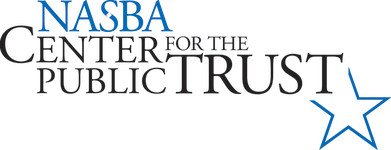Ways to Make Minority Students Feel Heard
Whether students are taking classes online or in-person, as a teacher, mentor or tutor, you strive to inspire, teach and excite them on their journey. Although you may be using new techniques, formats and measures these days to reach your learners, your students deserve to feel heard, safe and empowered. As you think about ways to uphold a welcoming learning environment, be sure to focus on the needs of your minority students. According to a 2020 article in Teacher Week, African American students are not only statistically more likely to know someone who has died or been hospitalized with COVID-19-related illness, but given the social and economic realities, they are also more likely to have firsthand experience through their family life with housing and employment hardships in this pandemic. Therefore, if schools can serve the students most vulnerable to underperformance in this school closure crisis, they are more likely able to better develop the policies and practices to support the engagement and learning outcomes for everyone.
As with any successful relationship, communication is key. When serving minority students, you may want to carve out some time to speak to them about their experiences and the support they may want or need. Armed with this knowledge, you can incorporate their feedback into your lesson plans.
Additionally, try to include culturally responsive teaching into your curriculum. Culturally responsive teaching strives to include literature from other cultures, parts of the world, and by diverse authors. This way of teaching offers students a chance to see themselves and their experiences in the materials that they are covering.
It is important to keep in mind; however you decide to continue your lessons, the various backgrounds, communities and identities of those in your actual and virtual classrooms. Connection with your students will help to enhance the learning environment for everyone.
-Dina Barabash, NASBA Content Development & Web Specialist





